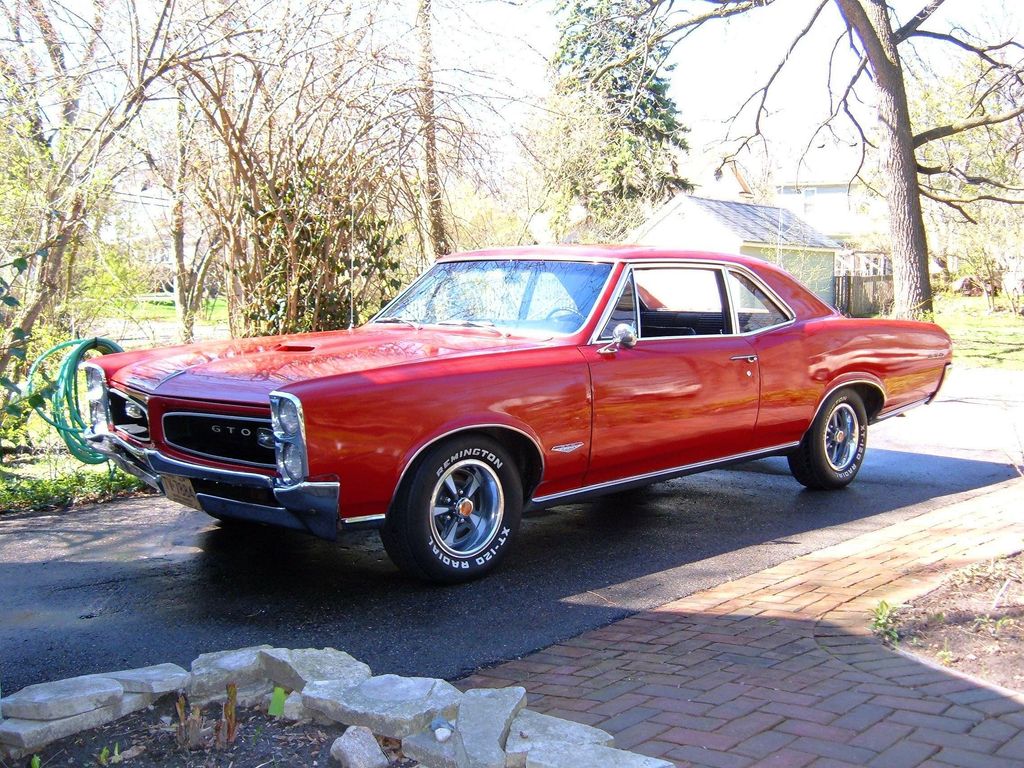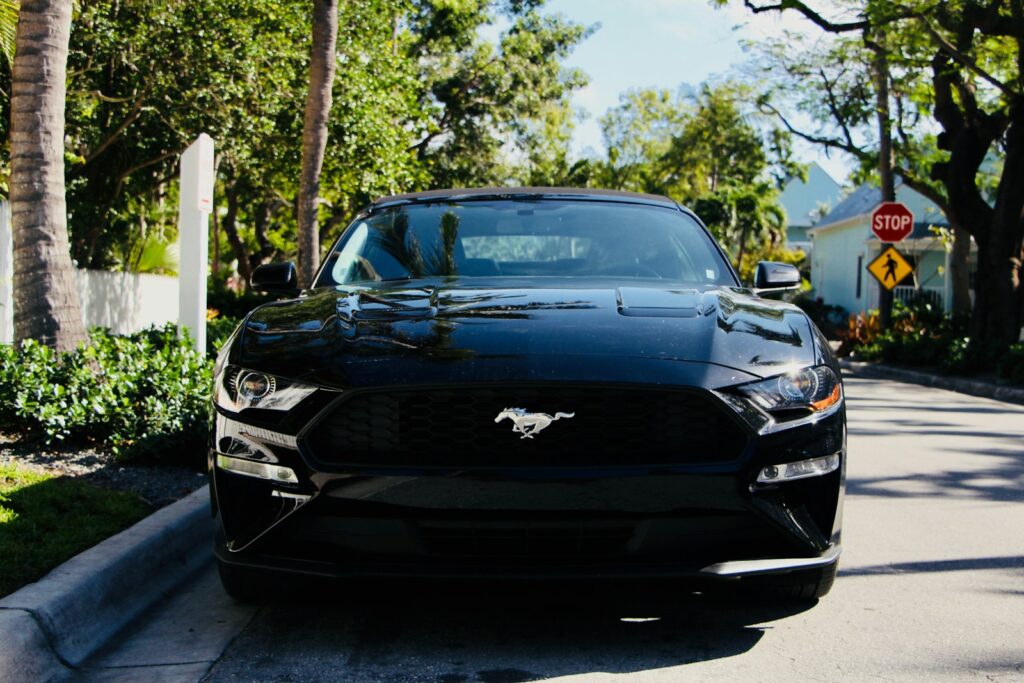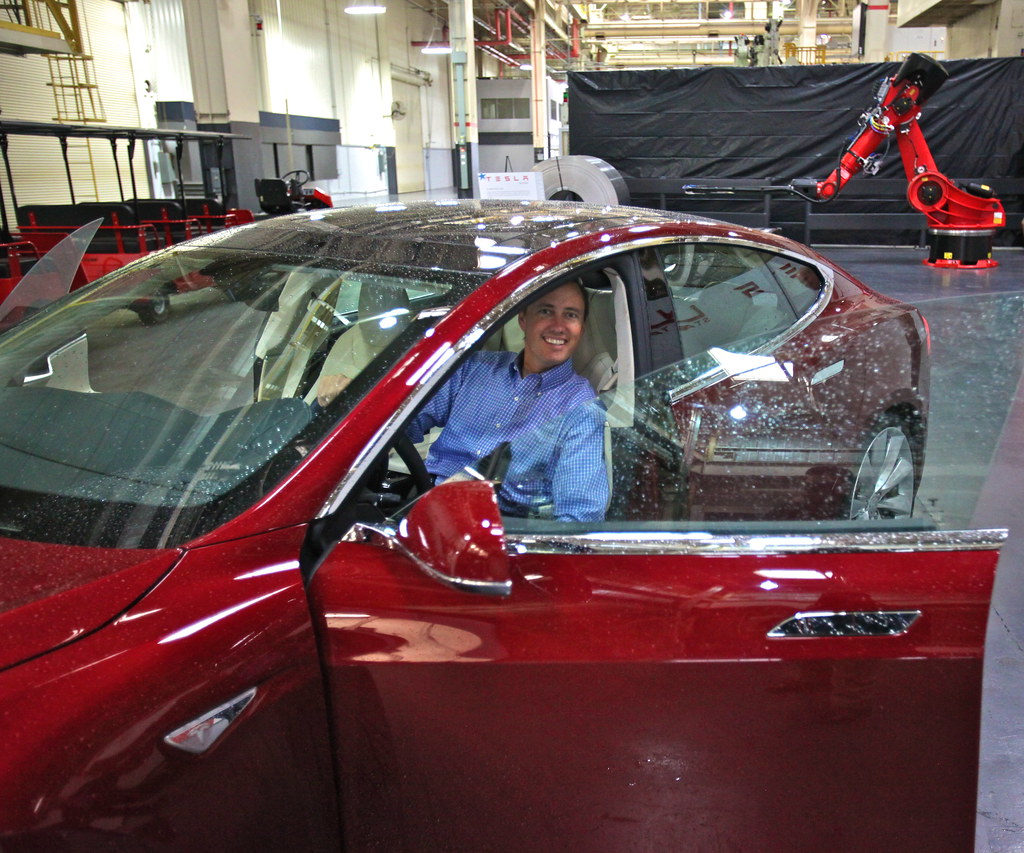
No matter what kind of driving you do, having extra horsepower can give your vehicle a serious boost. Adding a little more power to the engine can help you enjoy your time behind the wheel and fall back in love with your car. If you’ve ever asked yourself “how to make my car faster?”, you’re not alone; countless drivers yearn for that extra push, that sharper response, and the exhilarating feeling of a truly powerful machine.
Fortunately, increasing your vehicle’s horsepower doesn’t always demand a complete engine replacement or a massive, budget-breaking overhaul. While high-end modifications can cost thousands, there are plenty of strategic, affordable options that significantly enhance your vehicle’s speed, handling, and fuel efficiency. These proven upgrades can squeeze out 10–50+ horsepower, and sometimes much more, while keeping costs remarkably low.
In this in-depth guide, we’ll dive into some of the most impactful yet accessible engine modifications that can transform your sedan into a more dynamic and responsive vehicle. We’ll explore practical, how-to oriented advice, breaking down intricate topics into easily digestible information, empowering you to make smart choices for your car’s engine performance and take it to the next level. Get ready to unlock hidden power without breaking the bank and rediscover the joy of driving!
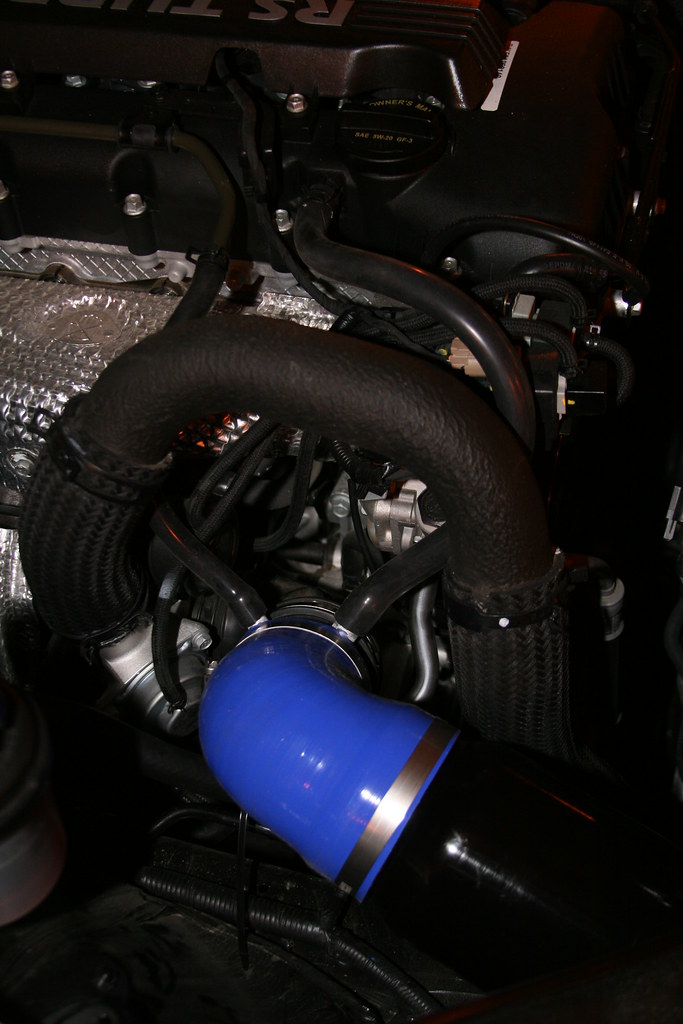
1. **Cold Air Intake (CAI)**When it comes to boosting your car’s performance, a Cold Air Intake system is often the very first modification many enthusiasts consider, and for good reason. It’s one of the most effective and low-cost upgrades available, designed to replace your restrictive stock airbox with a high-flow intake that draws cooler, denser air into the engine. This simple swap significantly improves airflow, which is critical for efficient combustion and increased power output.
Why is cooler, denser air so important? The cooler the air coming into your vehicle, the more concentrated it will be with oxygen. More oxygen means a more efficient combustion process inside the engine’s cylinders, directly leading to improved power output and often better gas mileage. The straighter tubing found in most cold air intake systems also helps prevent airflow restriction and turbulence, contributing to these increases in performance.
Beyond the performance gains of 5-15 HP, a cold air intake enhances throttle response, making your car feel more immediate and lively. Many systems also improve fuel efficiency by optimizing combustion, reducing fuel waste. Plus, a noticeable benefit for many drivers is the enhanced engine sound, often adding a sporty growl that complements the performance boost, turning heads as you accelerate.
Installation is typically straightforward, often described as DIY-friendly, requiring only 1–2 hours and basic tools. Brands like Spectre Performance offer budget options around $70, while premium airflow systems like the Injen Short Ram Intake might cost around $250. It’s a relatively quick and easy modification that delivers tangible results, making it an excellent starting point for anyone looking to increase horsepower and improve engine performance.
Read more about: Unlocking Instant Power: 8 Essential DIY Upgrades for Your Car’s Performance
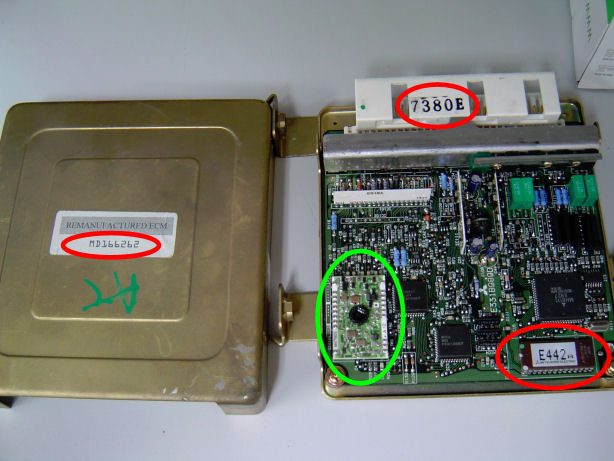
2. **ECU Tuning/Performance Chips**Reprogramming your engine’s computer, specifically the Engine Control Unit (ECU), through tuning or performance chips, is a powerful way to unlock hidden performance. Your ECU comes with stock programming for crucial parameters like engine timing and the air-fuel ratio. However, these factory settings are often optimized for fuel efficiency and emissions ratings, not necessarily maximum horsepower or spirited driving. ECU tuning adjusts these variables to optimize power delivery, fuel efficiency, and throttle response.
This digital power boost can yield impressive gains of 10-30 HP, and sometimes even up to 50 HP, depending on your car model and engine type. Turbocharged engines, in particular, often see the biggest gains from ECU tuning. By optimizing the fuel/air mixture and ignition timing, your engine can operate more efficiently and unleash power that was previously held back by conservative factory settings. The result is increased torque, better acceleration, and a much sharper, more responsive driving experience.
There are several approaches to ECU tuning. Plug-and-play chips, such as the JB4 or Pedal Commander ($300 for throttle response boosting), offer a relatively easy DIY solution. For more customizable maps and significant gains, tuners like the DiabloSport i3 Tuner ($400) allow for personalized adjustments. However, custom tunes, which are often performed on a dynamometer (dyno), provide the most precise optimization but typically require professional installation and expertise.
While the benefits are substantial, it’s crucial to be aware of potential considerations. Some tunes may require premium fuel to operate safely and effectively. Additionally, modifying your ECU can, in some cases, void your manufacturer’s warranty, so always check your policy. When done correctly, an ECU tune can dramatically transform your car’s feel, especially when paired with other mods like cold air intakes or high-flow exhausts, maximizing the effectiveness of each component.
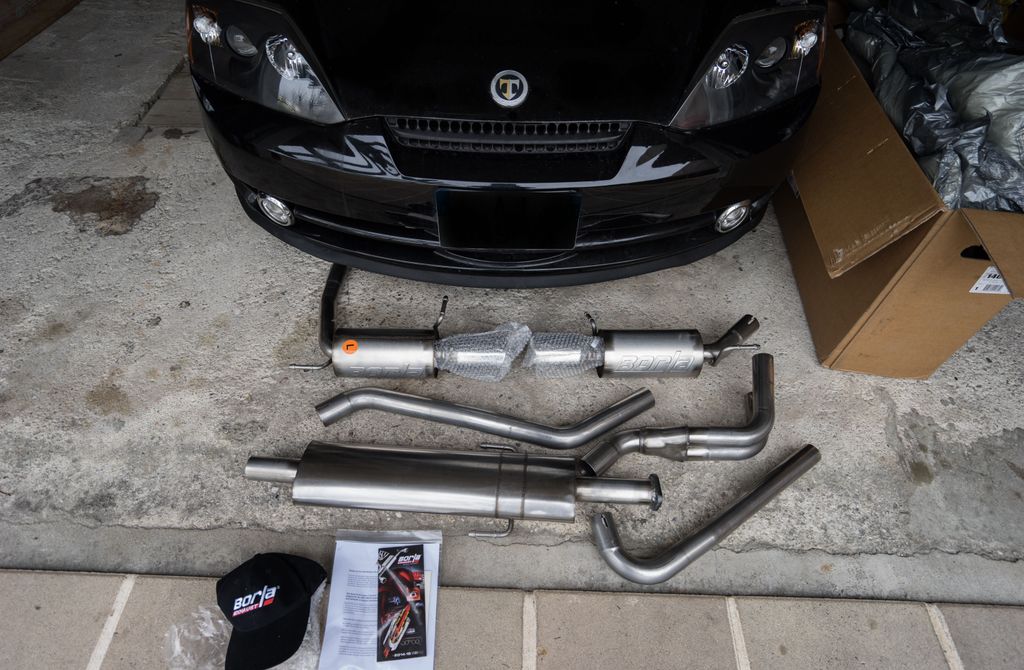
3. **Performance Exhaust System**While not always the first thing that comes to mind when thinking about horsepower, your car’s exhaust system plays a surprisingly critical role in engine performance. Internal combustion engines rely on small explosions to power your car, and the exhaust system is responsible for efficiently expelling the byproducts of those explosions. If these fumes and gasses can’t get out of the combustion chamber fast enough, it creates a condition known as back pressure, which stifles the engine, impedes the normal flow of fuel and exhaust fumes, and ultimately causes a drop in power output.
A high-performance exhaust system reduces this back pressure, allowing exhaust gases to exit faster and improving engine breathing. This leads to a more efficient engine, boosting horsepower by 5-20 HP. Beyond the power gains, an upgraded exhaust system typically enhances the car’s sound, providing a deeper, sportier, and more aggressive tone that many enthusiasts appreciate. In some cases, improved efficiency can even lead to better fuel economy.
There are several options for upgrading your exhaust system. An axle-back exhaust (costing $150-$400) replaces the section from the rear axle to the tailpipe, primarily focusing on sound and slight flow improvement. A cat-back exhaust system (costing $500-$1,500) replaces everything from the catalytic converter back to the tailpipe, offering more significant performance benefits and a more pronounced sound. Replacing stock exhaust manifolds with aftermarket headers is another solid start, as headers improve exhaust scavenging and further reduce pressure in the combustion chamber.
For those looking to go even further, a high-flow catalytic converter ($300-$600) reduces backpressure while still adhering to emissions laws in most states (always check local regulations). While installation difficulty is moderate (2-4 hours), the gains in horsepower, improved efficiency, and enhanced sound make a performance exhaust a worthwhile investment. Top picks include MagnaFlow for a balanced tone and Flowmaster for an aggressive sound, ensuring your engine breathes easy and performs at its peak.
Read more about: From Glory to Pain: Decoding the ‘Worst’ Bodybuilding Injuries and the Nuance of Athletic Catastrophe
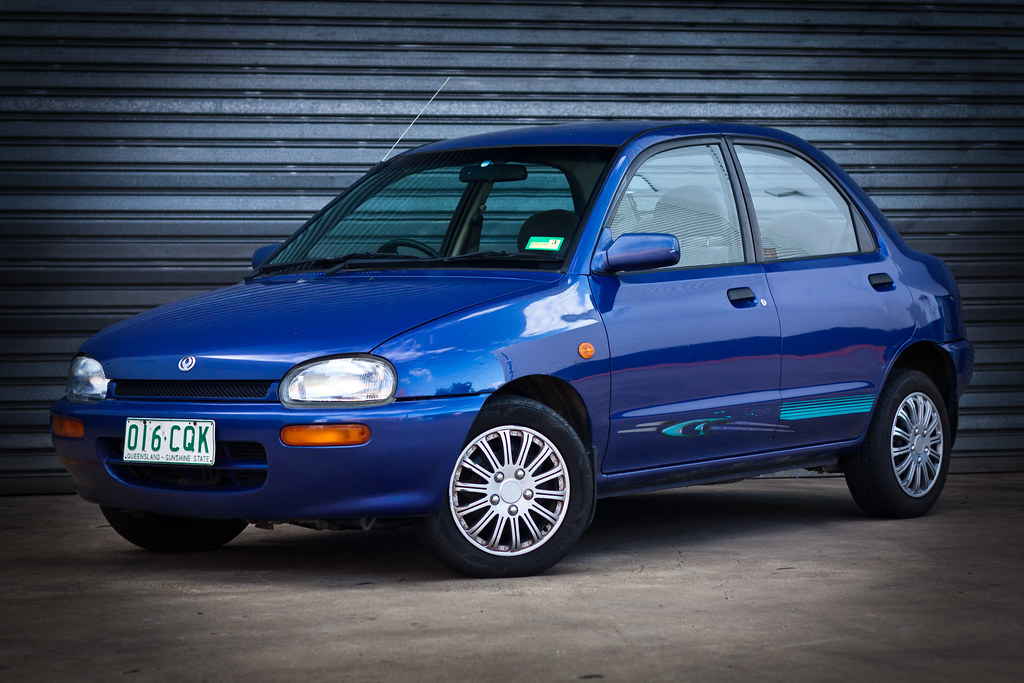
4. **Ignition Upgrades**Often overlooked in the pursuit of more horsepower, the ignition system is fundamental to an engine’s efficient operation. High-performance spark plugs and ignition coils ensure that the fuel-air mixture inside your engine’s cylinders ignites precisely and powerfully. While stock components are built to last, upgrading them, especially in older engines or those with other performance modifications, can unlock additional horsepower and improve reliability.
High-performance spark plugs, such as NGK Iridium IX or Denso Iridium TT, provide a more powerful and consistent spark. This stronger spark ensures more complete combustion of the fuel-air mixture, translating directly into better power delivery and improved fuel efficiency. By reducing engine misfires, these plugs help the engine run smoother and more reliably. Paired with high-performance coils, like MSD Ignition Coils, the ignition system delivers a consistent, potent spark under all operating conditions.
The benefits extend beyond just a few extra horsepower, typically in the 2-10 HP range. An optimized ignition system contributes to overall engine health by ensuring that every combustion cycle is as efficient as possible. This can be particularly beneficial for older engines with worn ignition systems or for any engine that has undergone other modifications that increase the demands on its ignition components.
Installation for spark plugs is generally DIY-friendly, often taking around an hour, with sets like Denso Iridium Plugs costing around $50. Ignition coils are also relatively easy to replace, with MSD Ignition Coils costing about $150. These upgrades offer a foundational improvement, ensuring that the heart of your engine’s combustion process is as robust and efficient as possible, leading to sharper throttle response and consistent power delivery.
Read more about: Unlocking Power: 14 Essential Tools for American Muscle Car Restoration
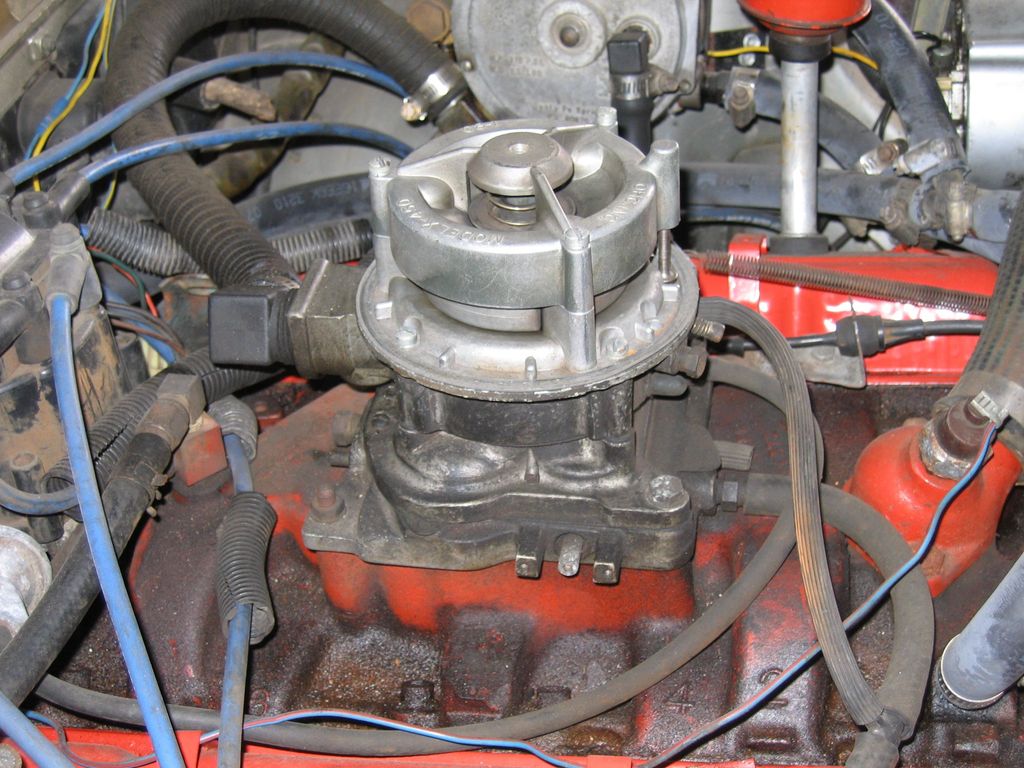
5. **Throttle Body Upgrade**If you’re serious about maximizing your car’s horsepower output by upgrading stock components, the throttle body is another solid part to consider replacing, especially in conjunction with other airflow modifications. Located between the air intake system and the engine, the throttle body’s job is to precisely control the amount of air that enters the combustion chambers. It accomplishes this using a butterfly valve, which opens wider as you press the gas pedal, allowing more air into the engine for increased speed and power.
While a stock throttle body does its job adequately for factory specifications, it can become a limiting factor, or a ‘choke point,’ when you introduce more air through an upgraded intake system like a cold air intake. If your intake system is flowing more air than the stock throttle body can accommodate, you won’t fully realize the potential gains from your other modifications. Upgrading to a larger, performance-oriented throttle body solves this issue by allowing a greater volume of air to pass through unimpeded.
It’s worth noting that upgrading your throttle body on its own might not result in massive horsepower increases, perhaps contributing less than 5 HP in isolation. However, when paired with a cold air intake system, this combination can significantly boost your car’s performance by up to 25 horsepower. The larger performance part also leads to noticeable improvements in gas pedal response and overall acceleration, making the car feel more eager and immediate.
Choosing to replace the stock throttle body with a larger performance version is an intelligent secondary move for enthusiasts who have already enhanced their air intake. It ensures that the engine can truly ‘breathe’ and take full advantage of the increased airflow. While installation difficulty is moderate for some models, the synergy it creates with other mods makes it a valuable upgrade for enhancing your sedan’s dynamic capabilities and unlocking its full power potential.
Now that we’ve covered some foundational upgrades, it’s time to delve into more advanced power-adding modifications that can truly unleash your sedan’s maximum performance. These next steps often build upon earlier modifications, creating a synergistic effect that pushes your vehicle’s capabilities even further. Get ready to explore options that demand a bit more commitment but deliver exhilarating results, achieving significant horsepower gains that will redefine your driving experience.
Read more about: Beyond the Badge: Uncovering the True Financial Realities of Owning a Classic Porsche 911
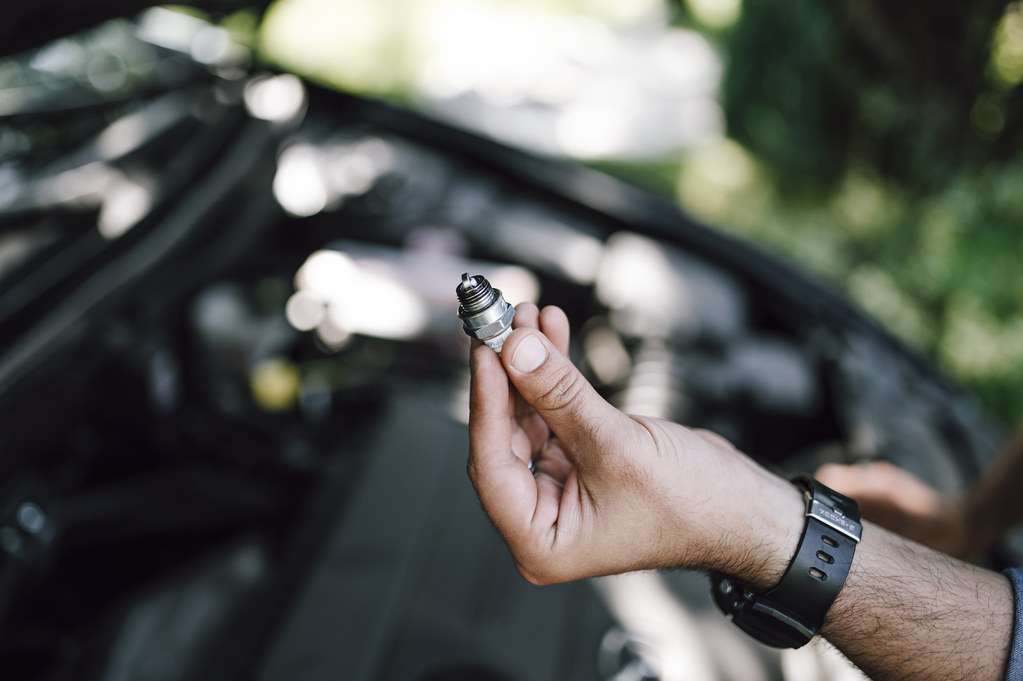
6. **Upgraded Fuel Injectors & Fuel Pump**Considering that the internal combustion engine literally runs on fuel, it shouldn’t come as a surprise that enhancing the fuel system is a solid strategy to extract more horsepower from your vehicle. You don’t necessarily have to overhaul the entire system at once; one of the most impactful places to begin this upgrade is right in the engine bay with the fuel injectors. These critical components are responsible for precisely metering and spraying gasoline or diesel into your engine’s combustion chambers, providing the necessary fuel for the powerful explosions that propel your car.
However, the stock fuel injectors fitted in your vehicle are often designed for general efficiency and may be limited in their flow capacity, especially when you start introducing more air into the engine through other modifications. Installing an upgraded set of high-flow fuel injectors can significantly increase your horsepower by allowing more fuel to be delivered efficiently, directly supporting the engine’s increased demand. This becomes an especially wise modification to consider following a throttle body upgrade or any other modification that enhances airflow.
When you upgrade to a larger throttle body or a more efficient air intake, you’re essentially allowing a greater volume of air into the engine, which is a key ingredient for more power. But to truly capitalize on this increased air, the engine also requires a proportional increase in fuel. Larger, performance fuel injectors provide this extra fuel, ensuring the air-fuel mixture remains optimal for maximum power production. The synergy between increased air and fuel delivery is what unlocks substantial performance gains.
According to various studies and the insights from experienced mechanics, new fuel injectors can result in as much as 5-15 HP gain, and in some cases, up to 20% more horsepower, depending on your vehicle and the specific upgrades installed. These benefits aren’t just about raw power; they also improve throttle response, making your car feel more eager and immediate. Popular brands for fuel injectors include Bosch, typically costing around $100-$300, and DeatschWerks High-Flow Injectors, which range from $250-$600. For the fuel pump, a Walbro 255LPH is a top choice, priced at about $100-$200. The installation difficulty is generally moderate, making it a feasible project for many DIY enthusiasts with some mechanical experience.
Read more about: Turbocharged Engines Unveiled: Decoding Turbo Lag, Engineering Solutions, and The Legacy of Reliability vs. Catastrophic Failure

7. **Performance Camshafts**Another highly effective, albeit more intricate, method to boost your car’s horsepower involves upgrading the camshaft or camshafts. These vital components play a pivotal role in your engine’s operation, controlling the precise opening and closing of both the intake and exhaust valves. Most vehicles utilize one or two camshafts, but some sophisticated engines can incorporate up to four, strategically positioned either within the engine block for pushrod designs or above the cylinder head in overhead cam (OHC) configurations.
The camshaft’s connection to the crankshaft via a timing belt ensures a synchronized dance, with its offset lobes actuating valves as it rotates. While factory camshafts are engineered for exceptional durability, designed to perform reliably for decades, performance-minded drivers often opt for aftermarket upgrades to unlock significant power potential. These upgraded camshafts are designed with different lobe profiles, allowing the valves to open for longer durations or at different times, which can dramatically alter engine characteristics.
Aftermarket and upgraded camshafts improve your engine’s performance in several crucial ways. One of the most common benefits is an increase in airflow into the combustion chambers by holding the intake valves open for extended periods. This ‘breathing improvement’ allows the engine to ingest more air-fuel mixture, leading to a more potent combustion event. Additionally, performance camshafts can be designed to improve engine compression, further contributing to a more powerful explosion within the cylinders and maximizing the engine’s volumetric efficiency.
Depending on the specific type of camshaft upgrade and any other modifications already present in your vehicle, replacing your stock cams with larger, performance-oriented versions can yield impressive results, potentially adding up to 100 extra horsepower. This level of modification requires a higher degree of mechanical expertise and is often best left to professional installers due to the complexity of engine timing and valve train adjustments. However, for those seeking a substantial and transformative power boost, upgrading your camshafts is a proven path to achieving major horsepower gains.
Read more about: Engine Enemies: The 13 Worst Fluids You Should Never Mix in Your Car’s Vital Systems
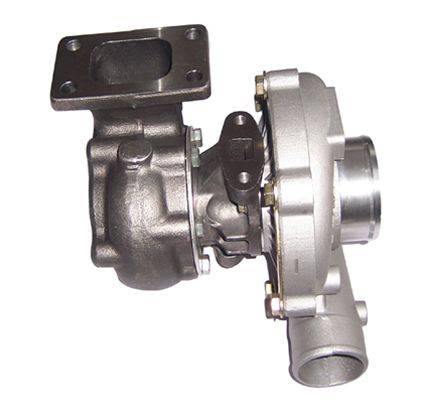
8. **Turbocharger or Supercharger Upgrade**When it comes to adding serious horsepower to your vehicle, perhaps the most popular and well-known method is the installation of a forced induction system, specifically a turbocharger or supercharger. These systems dramatically increase the amount of air forced into your engine, leading to a much more powerful combustion process than a naturally aspirated engine can achieve on its own. They are the go-to upgrade for those who desire a truly significant leap in performance.
Turbochargers harness the otherwise wasted energy from your engine’s exhaust gases. They use these gases to spin a turbine, which in turn drives a compressor that forces more air into the engine’s cylinders. This increased airflow, or ‘boost,’ allows for a more complete and powerful combustion, directly translating into a substantial increase in power output. The amount of horsepower a turbocharger adds can vary significantly; a smaller unit might contribute around 30-50 horsepower, while larger, more aggressive setups can add between 150 and an astounding 300 horsepower. However, such high gains typically necessitate additional engine modifications to ensure reliability and handle the immense boost.
Superchargers, while achieving similar results to turbochargers by forcing more air into the engine, operate on a different principle. Instead of utilizing exhaust gases, superchargers are driven directly by the engine’s accessory belt system. This direct mechanical connection provides instantaneous boost with no lag, offering immediate power delivery. While superchargers can indeed have a significant impact on your car’s fuel efficiency due to their constant draw on engine power, they are incredibly effective at boosting horsepower, often adding anywhere from 50 to over 200 horsepower depending on the application. They are favored for their consistent, predictable power delivery.
The benefits of forced induction systems extend beyond just raw horsepower; they significantly increase torque, leading to much better acceleration and a more exhilarating driving experience. However, these are complex upgrades with a higher price point and installation difficulty. Turbocharger kits like the Garrett GT Series can range from $1,000-$2,500, with BorgWarner kits costing $2,000-$5,000. Supercharger kits, such as those from ProCharger, are typically in the $4,000-$8,000 range. Due to their intricacy, professional installation is highly recommended to ensure proper tuning and prevent potential engine damage, making this a modification best undertaken by seasoned enthusiasts or with expert assistance.
Read more about: 13 Iconic 1980s Classics: Unearthing Automotive Treasures Whose Values Are Soaring for Collectors
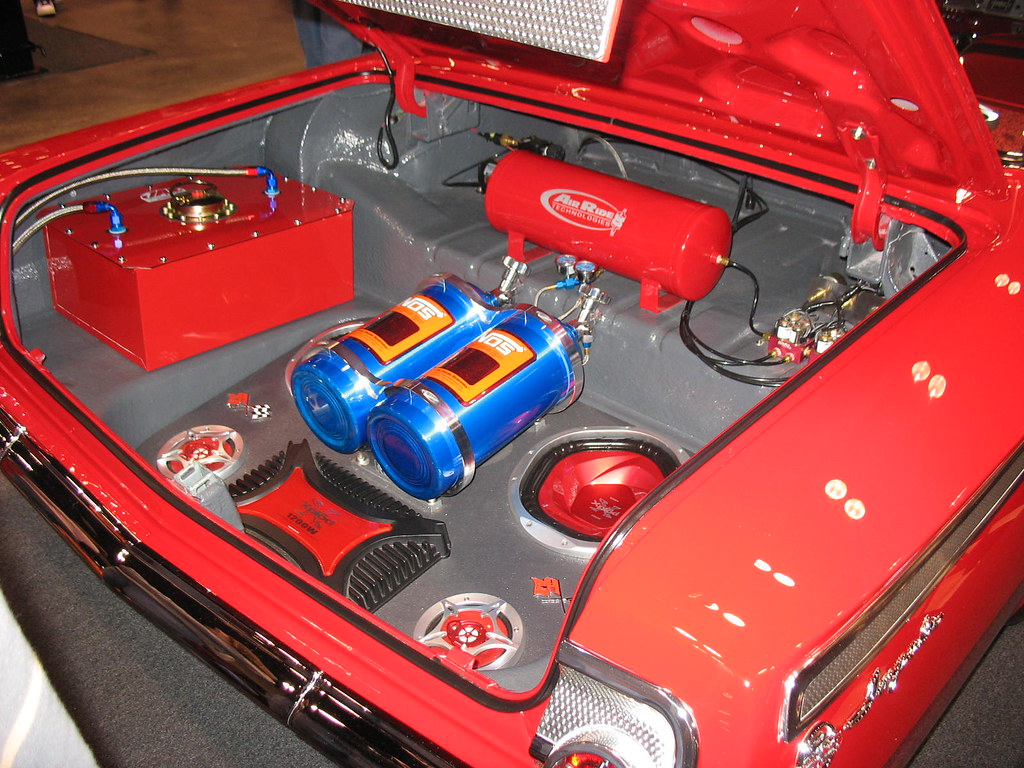
9. **Nitrous Oxide (NOS)**For those seeking an explosive, on-demand power boost, Nitrous Oxide (NOS) remains a potent option, often associated with drag racing and dramatic, short bursts of acceleration. Unlike continuous power-adding modifications, NOS systems inject nitrous oxide directly into the engine, delivering a rapid and significant increase in horsepower. This is not a modification for everyday driving but rather a specialized tool for maximum performance in controlled environments.
Nitrous oxide works by breaking down into oxygen and nitrogen when heated in the engine. The additional oxygen, when combined with extra fuel, allows for a much more powerful combustion event than the engine could achieve with atmospheric air alone. This chemical reaction provides an ‘explosive power boost,’ capable of adding anywhere from 50 to a staggering 150 horsepower in short, thrilling bursts. It’s a method that provides an immediate, palpable surge of acceleration, making it a favorite for competitive drag racing or track events where every fraction of a second counts.
Given its potent nature, Nitrous Oxide is specifically “best for drag racing” and should be “used sparingly!” The system components typically include a bottle of liquid nitrous oxide, delivery lines, and nozzles that inject the gas into the intake manifold. The cost for a basic NOS setup usually falls within the $500-$1,000 range, making it a relatively affordable option for the sheer amount of horsepower it can provide. However, the operational cost involves refilling the nitrous oxide bottle after use.
While the power gains are undeniable and exhilarating, it comes with a significant “warning: Risk of engine damage if misused.” Improper setup, excessive use, or inadequate engine preparation can lead to severe mechanical issues. Engines using NOS typically require robust internal components and precise tuning to handle the increased stress and heat. For drivers seeking that ultimate, fleeting advantage in a controlled setting, Nitrous Oxide delivers an unforgettable surge of power, but always with a strict adherence to safety and proper operational guidelines to mitigate the inherent risks.
Read more about: Steering Clear of Trouble: 15 Everyday Car Customizations Banned in Major US States, and What It Means for You
No matter your driving style or performance aspirations, the journey to a faster, more responsive sedan is an exciting one, paved with a myriad of strategic upgrades. From the accessible gains of a cold air intake to the dramatic thrust of a turbocharger or the exhilarating punch of nitrous oxide, each modification offers a unique pathway to unlocking your vehicle’s hidden potential. By understanding how these components work and making informed choices, you can truly transform your driving experience, enjoying enhanced speed, sharper handling, and the sheer joy of a car that truly comes alive on the road. Remember to always consider compatibility, local regulations, and the balance between performance gains and engine longevity, ensuring your upgrades deliver lasting satisfaction and reliability. Happy modding, and enjoy the ride!

